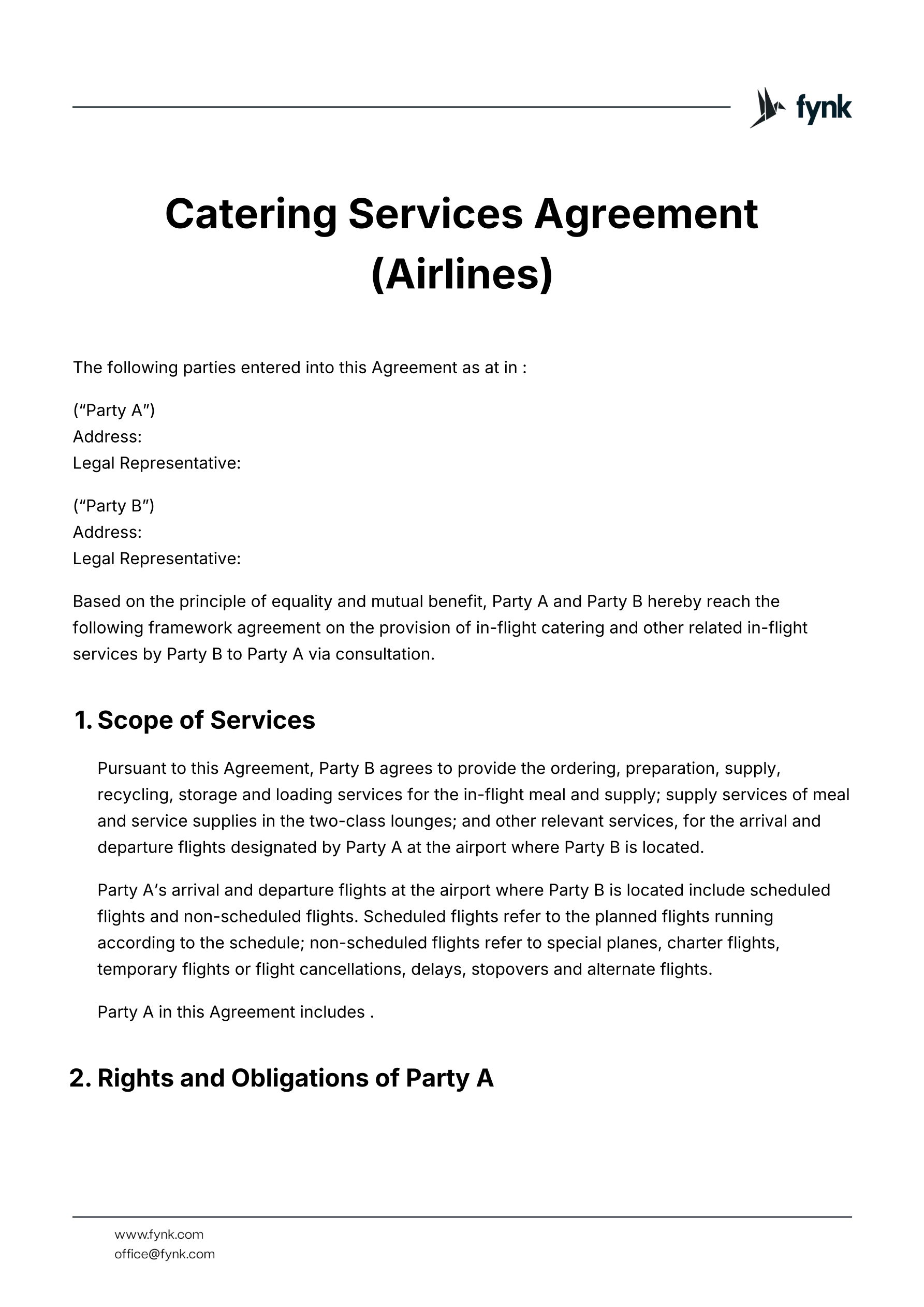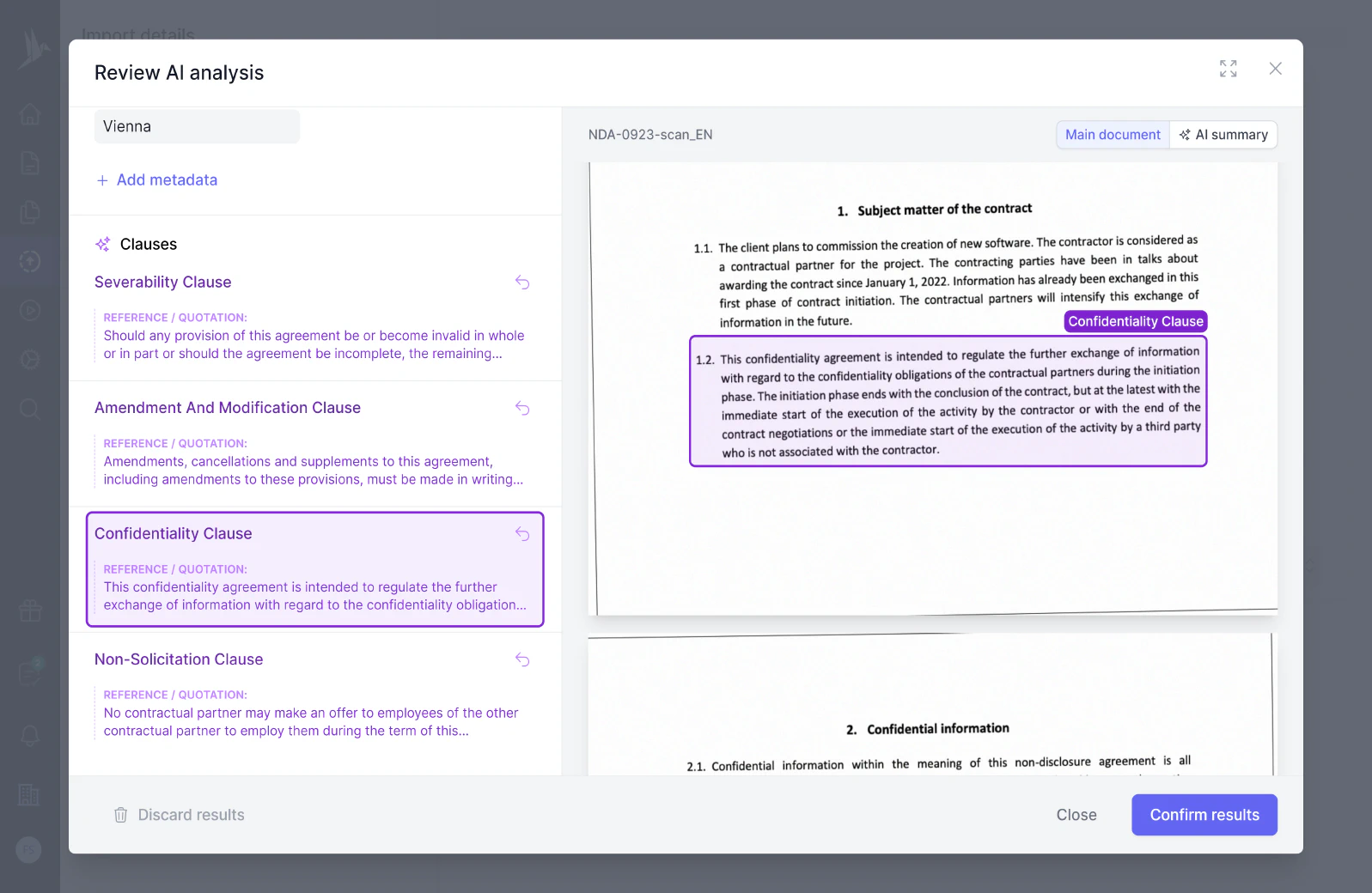
Aviation Catering Services Framework Agreement Template
A framework agreement defining long-term catering services, safety standards, pricing rules, and delivery requirements.
The Price Changes clause specifies the conditions under which the price of goods or services in a contract may be adjusted, including factors like market fluctuations, currency exchange rates, or cost of materials. It often outlines the notice requirements and processes for implementing such changes to ensure transparency and agreement between the parties involved.
The market-driven value changes adjustment for RMBS and other Agency securities represents unexpected price changes for the referenced period. As defined, the calculation of IXM includes modeled price changes that are measured daily based on a “Realized Forwards” methodology, which includes the assumption that spreads, forward interest rates, shape of the term structure and volatility factored into the previous day ending fair value are unchanged. Unexpected price changes represent the differences between (a) actual spreads, forward interest rates, shape of the term structure and volatility, and (b) the spreads, forward interest rates, shape of the term structure and volatility that were factored into the previous day ending fair value. Unexpected price changes are measured daily and used to determine the portion of actual market price changes not attributable to modeled price changes. The reported market-driven value changes adjustment for RMBS and other Agency securities is the sum of all daily unexpected price changes for the referenced period.
Non-government mortgage securities may offer higher yields than those issued by government entities, but also may be subject to greater price changes than government issues.
The fund's share price changes daily based on changes in market conditions and interest rates and in response to other economic, political, or financial developments.
Price changes will be implemented with shipments.
AITX and Robotic Assistance Devices Announces Price Changes for Some Security Robots Detroit, Michigan, January 31, 2023 — Artificial Intelligence Technology Solutions, Inc., (the “Company”) (OTCPK:AITX), a global leader in AI-driven security and productivity solutions for enterprise clients, along with its wholly owned subsidiary, Robotic Assistance Devices, Inc. (RAD), today announced that RAD will implement price changes across four solutions offerings effective the start of the Company’s next fiscal year, March 1, 2023. Price increases range from 18% to 29% for three solutions. Furthermore, one solution will have a price decrease of 17%.
Price changes refer to the adjustments made to the cost of goods or services. These adjustments can be due to various factors including market fluctuations, inflation, changes in demand and supply, or alterations in production costs. Price changes can be temporary or permanent and can occur for both wholesale and retail prices.
You should consider implementing price changes in the following scenarios:
Writing price changes clearly and effectively is crucial to ensure understanding and transparency. Here’s a basic structure on how to announce price changes:
Start with a Clear Subject Line (if in a communication):
Introduction:
Example:
We are writing to inform you about upcoming changes to our product pricing.
Explain the Reason:
Example:
Due to increased production costs, we find it necessary to adjust our prices to continue delivering high-quality products.
State the Changes:
When It Will Take Effect:
Example:
The updated pricing will take effect starting March 1, 2024.
Closing and Support Information:
Example:
Thank you for your continued support. For any questions, please contact our support team at [contact information].
Price changes are often stipulated within various types of contracts, including but not limited to:
Understanding and clearly negotiating the terms of price changes in contracts can help both parties manage expectations and maintain healthy business relationships.
These templates contain the clause you just read about.

A framework agreement defining long-term catering services, safety standards, pricing rules, and delivery requirements.
Dive deeper into the world of clauses and learn more about these other clauses that are used in real contracts.
A price escalation clause is a contractual provision that allows for the adjustment of the contract price in response to changes in market conditions or specific cost factors, such as inflation or increased material costs. This clause is typically implemented to ensure both parties can manage financial risks when costs fluctuate beyond their control.
A pricing grid clause outlines a structured framework for determining the cost of goods or services based on specific variables, such as volume, tiers, or market conditions. It provides clarity and flexibility in pricing by aligning costs with predefined criteria, ensuring transparency and adjustability over the contract's duration.
The "Prior Inventions" clause typically outlines any inventions or intellectual property that an employee developed before joining a company, which are excluded from the company’s claim of ownership over inventions created during the term of employment. This clause serves to protect both the employee's rights to their pre-existing inventions and the company's rights over anything developed on their time and resources.
Try our AI contract analysis and extract important clauses and information from existing contracts.
< <
Fill out the form and we will get in touch with you to give you a personal, customized demo of fynk.
Greetings!
I'm Markus, co-founder of fynk. After you've submitted the form, I'll swiftly get in touch with you.
Also, right after you submit your details, you can pick a time that works best for you for our meeting.

